What is uPVC and Why Is it Used for Doors & Windows?
14th September 2020
Why Is uPVC Used for Doors and Windows?
One of the more evident attributes that draw people towards uPVC is its looks. Windows made out of this material are sleek and have a way of incorporating a chic countryside aesthetic. Plus, it doesn’t hurt that this material is a cheaper alternative to aluminum or hardwood timber.
Homeowners and engineers alike also appreciate uPVC for its durability and versatility. It contains vinyl polymer that is bound to chlorine atoms. This is why uPVC works well with steel. One other major attraction with this material is that it is easy to maintain. Unlike other materials, uPVC windows do not need frequent repainting. Simply wiping them down using a damp cloth does the trick.
Things to Consider When Using uPVC for Doors and Windows
If you’re using this material for larger frames, it’s advisable that you use a galvanized steel reinforcement. Doing so improves its durability and strength. Also, depending on which area you reside in, uPVC doors and windows require energy rating so as to conform to building regulations.
The thing about energy-rated uPVC doors and windows is that they are thermally efficient. They boast a low thermal conductivity, which means that they prevent heat from escaping, unlike some other materials.
You can customize your uPVC doors and windows according to your personal preference. There are tons of colors, shapes, and sizes to choose from. Play around with your options of hardware, glass, grids, and air vents to create your ideal uPVC doors and windows.
The Different Styles of uPVC Windows and Doors
Given the multitude of options, finding a suitable uPVC window or door style for your home shouldn’t be a problem. For example, there are uPVC casement windows that open inwards and outwards via hinges. Then you have tilt-and-turn uPVC windows that can open inwards or tilt inside from the top.
If you want uPVC windows merely for decoration, the ones that can neither open nor close are ideal. For modern homes, sliding uPVC doors and windows perfectly fit the bill.
Is Producing or Using uPVC Safe or Toxic?
You can go ahead with using uPVC in your home because the material is perfectly non-toxic. It is produced in a highly regulated manner so as not to cause any toxicity. This material is safe as long as you don’t burn it. That’s because burning uPVC releases dioxins, which are environmental pollutants. Other than that, uPVC is a hard-wearing material that won’t rust or corrode regardless of weather conditions. Be sure to dispose of excess or old uPVC materials properly. Keep your UPVC windows and doors clean with our team of Wigan UPVC cleaners.


